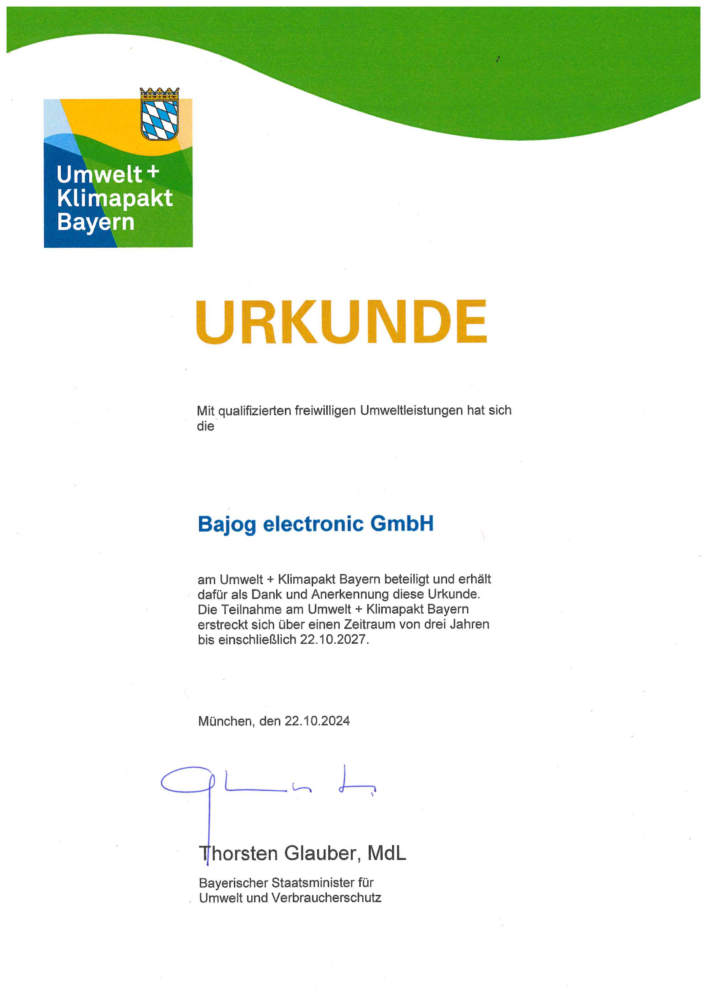
08.04.2024
More than 1 Million Photovoltaic systems in 2024
…. but when does it make sense to generate and store excess solar energy in the form of hydrogen?
The most recently added capacity in the area of photovoltaic systems recorded an increase of around 85 percent compared to the previous year. The solar industry forecasts continued strong demand for 2024/25.
Over 1.5 million private homeowners are planning to set up a photovoltaic system within the next 12 months.
This sounds promising, but is it possible for the individual homeowner with an average roof size to generate enough energy to produce hydrogen?
55kwh of PV energy are required for 1gh H2.
This should be taken into account when planning energy.
The German Solar Industry Association (BSW) reports that over a million new systems for generating solar power or solar heat were put into operation across Germany last year, a record high.
According to information from the Federal Network Agency, the newly installed peak output of solar power systems amounted to around 14 gigawatts, which corresponds to an increase of 85 percent compared to the 7.5 gigawatts in 2022.
The industry expects continued strong demand in 2024, motivated by further rising electricity prices and advantageous funding conditions.
Surveys by YouGov on behalf of the BSW, in which around 1,000 property owners took part in mid-December, show that more than 1.5 million private homeowners are planning to install a solar system on their roofs in 2024.
Of the owners with suitable roof space, 69 percent are considering building a solar system, with 16 percent having firmly planned this for the next 12 months.
Most of the time, the roof areas of individual houses are not sufficient to generate their own energy all year round and are certainly not sufficient to produce enough hydrogen so that the battery buffer can be charged again via the fuel cell at night or in winter with snow on the PV modules.
A joint solution, which Bajog electronic has proposed as a petition to all government members in Berlin and Bavaria since 2008, would close this gap, but has been repeatedly rejected.
For the individual households affected by this, it is therefore just a waste of time when energy reports from around 3.7 million photovoltaic systems installed last year amounted to the production of 62 billion kilowatt hours of electricity and thus cover around 12 percent of the national electricity needs, but the individual does not benefit from this can benefit.













